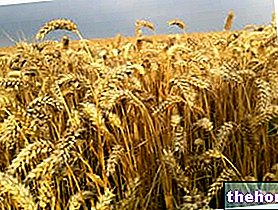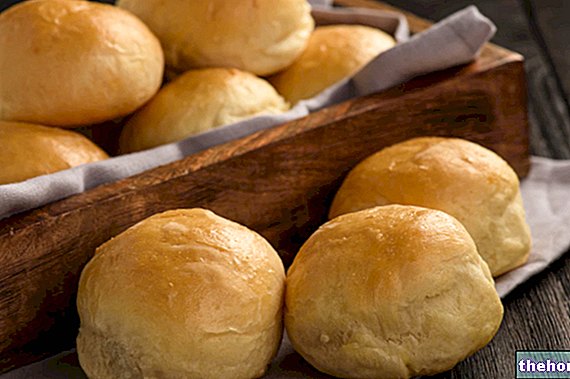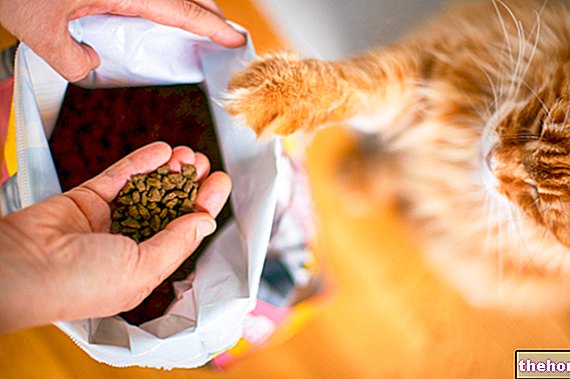Dry yeast is activated in the presence of water and sugar when it begins to metabolize sugar. This process activates the production of carbon dioxide bubbles which remain trapped in a thick dough. Then, they expand at room temperature or when exposed to heat, causing the dough to rise.
The fermentation process is due to particular microorganisms (ie small fungi) called yeasts: bread and the majority of baked goods, but also cheeses, wine and many other products that are part of the daily diet are obtained thanks to leavening or fermentation. .
It is possible to replicate this leavening process without yeast.
Symptoms of yeast intolerance
Yeast intolerance is often characterized by the appearance of some symptoms such as:
- headache;
- candida;
- eczema;
- abdominal bloating;
- diarrhea or constipation;
- water retention;
- osteoarticular pains;
- intestinal dysbiosis, i.e. poor absorption of food and inflammation of the intestinal mucosa.
Examples of acids to be used together with sodium bicarbonate to replicate the leavening action of yeast:
- lemon juice
- milk and vinegar mixed in a one to one ratio
- Cream of tartar
What quantities? To replace baking soda with baking soda and acid in a recipe, use half the required amount of baking soda with baking soda and the other half with acid. For example, if a recipe calls for 2 teaspoons of baking powder, use 1 teaspoon of baking soda and 1 teaspoon of acid.
strong and smooth texture to artisan bread or baked goods.
Mother yeast fermentation works the same way as instant yeast fermentation, forming bubbles of carbon dioxide in the dough to make it rise. The use of mother yeast instead of yeast, however, requires about twice the rising time.
What quantities? Use 300 grams of sourdough to replace 2 teaspoons of yeast.
How to make sourdough at home
The preparation of the mother yeast takes a minimum of 5 days. Then you need to keep it cool to use. You need:
- at least 600 grams of all-purpose flour
- at least 600 ml of water
Five steps for five days
- Day 1: Prepare the starter with 120 grams of flour and 120 ml of water in a large glass container and cover with cling film or a clean kitchen towel. Leave at room temperature.
- Day 2: add 120 grams of flour and 120 ml of water to the starter and mix well. Cover lightly and leave at room temperature. By the end of the second day, you should see bubbles forming, which means the yeast is growing and fermenting.
- Day 3: Repeat the steps on day 2. The mixture should smell of yeast and have a good amount of bubbles.
- Day 4: Repeat the steps on day 2. The bubbles are increasing, the smell is stronger and harsher, and the paste is growing in volume.
- Day 5: Repeat the steps on day 2. The sourdough should have a yeasty smell and have lots of bubbles. It is now ready for use.
To keep the mother yeast beyond the fifth day, store it in an airtight container in the refrigerator. Use or discard half each week and feed with another 1/2 cup (120 grams) of flour and 1/2 cup (120 ml) of water to cool it down.
, for example, you can use egg whites whipped very firmly with a pinch of salt. Or again, add baking soda to yogurt as yeast in the preparation of sweet baked doughs, which will be particularly soft.
very foamy for example in salty batters, but also in pizza or focaccia, it can be a valid alternative to industrial yeast. In this case, even baking soda would not be needed. Beer must be added gradually: 100ml is the ideal dose for 200g of flour, 80ml of water and 2 tablespoons of oil. At the end add the salt to the mixture, let it rest for a few hours and then proceed with cooking. Choose an unpasteurized and very cloudy beer. See other articles tag Mother yeast - Yeast





























